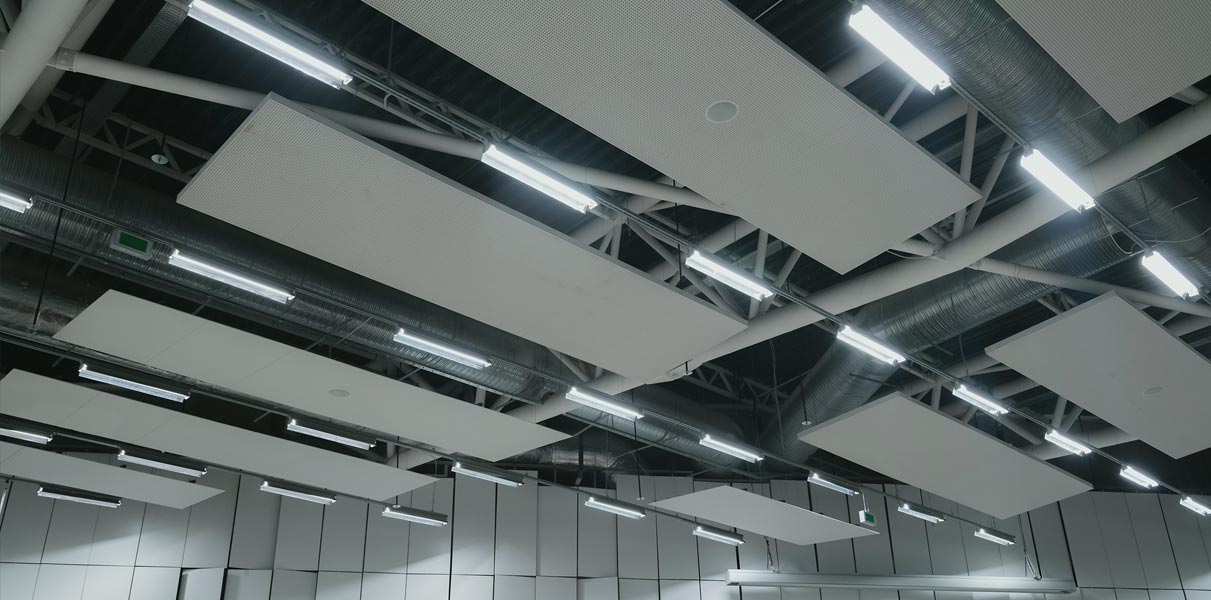TABLE OF CONTENTS
COMPLIANCE GUIDE
WHAT IS THE NEW JERSEY CLEAN ENERGY ACT (CEA) BENCHMARKING PROGRAM?
New Jersey joins an increasing number of states and municipalities across the United States in establishing benchmarking laws to measure the energy and water performance of buildings. New Jersey’s Clean Energy Act (CEA) of 2018 states the following:
No later than five years after the date of enactment of P.L. 2018, c.17 (C.48:3-87.8 et al.), the board shall require the owner or operator of each commercial building over 25,000 square feet in the State to benchmark energy and water use for the prior calendar year using the United States Environmental Protection Agency’s Portfolio Manager tool.
DOWNLOAD NJ CEA BENCHMARKING BROCHURE
CEA PROGRAM HIGHLIGHTS
Policy
CEA BENCHMARKING
Bill Text
BENCHMARKING POLICY PROPOSAL
Enforcing Agency
NEW JERSEY BOARD OF PUBLIC UTILITIES
Size of Property
> 25,000 SQ. FT.
Property Type
COMMERCIAL & MULTIFAMILY BUILDINGS
Required Information
12 MONTHS ENERGY, WATER, AND BUILDING USE DATA
Phase II Building Performance
Standards
ENERGY SAVINGS IMPROVEMENT PROGRAM (OPTIONAL)
Benchmarking Due Date
JULY 1, ANNUALLY
EXEMPTIONS FROM CLEAN ENERGY ACT BENCHMARKING
- New Buildings – New buildings must be operational for a full calendar year before a building owner is required to benchmark that Covered Building. The New Jersey tax assessment database, MOD-IV, will be used to qualify new buildings as operational for purposes of benchmarking. A commercial building will not be added to the Covered Buildings list until the second year after the year-built, as listed in the MOD-IV database.
- Demolitions – Recently- or soon-to-be-demolished buildings may be removed from the Covered Buildings list, provided that the building owner submits a certificate of approval for demolition.
- Unoccupied – If a building is unoccupied for a full year (365 days), the building owner may receive an exemption, provided that the building owner submits an affidavit or certification of non-occupancy.
- Foreclosure or Bankruptcy – If an action for foreclosure or bankruptcy has been filed during a particular reporting year, the building owner may apply to receive an exemption for the given reporting year.
- Other Conditions – Certain other situations for good cause may be removed from the Covered Buildings list (e.g., the building’s size falls below the threshold, there is an error in the Covered Buildings list, or an unregulated utility does not apply the 4/50 rule and provide aggregated building-level data and refuses to provide individual data even with tenant consent), and after providing appropriate evidence justifying such removal.
ENERGY SAVINGS IMPROVEMENT PLAN
The Energy Savings Improvement Program is a performance contracting program administered by the BPU. ESIP is a financing mechanism used to pay for energy efficiency projects for all public entities. Any public entity that has completed a preliminary energy audit and can demonstrate energy savings may participate in the ESIP program.







